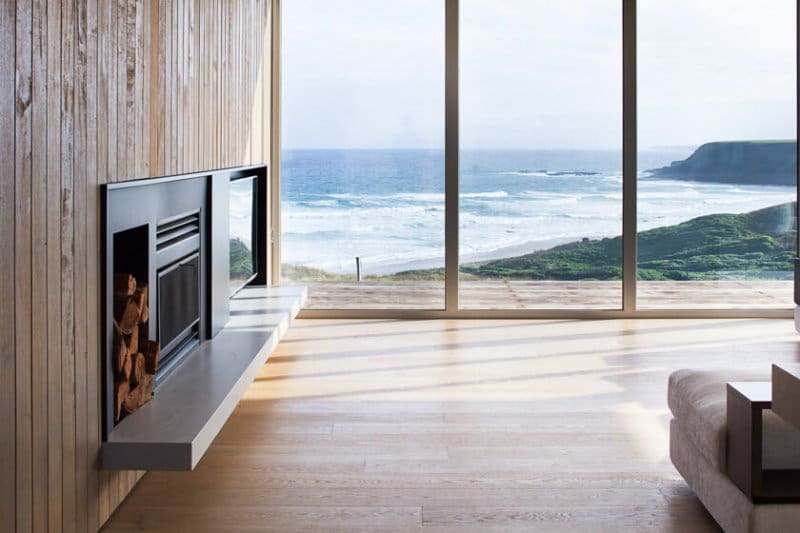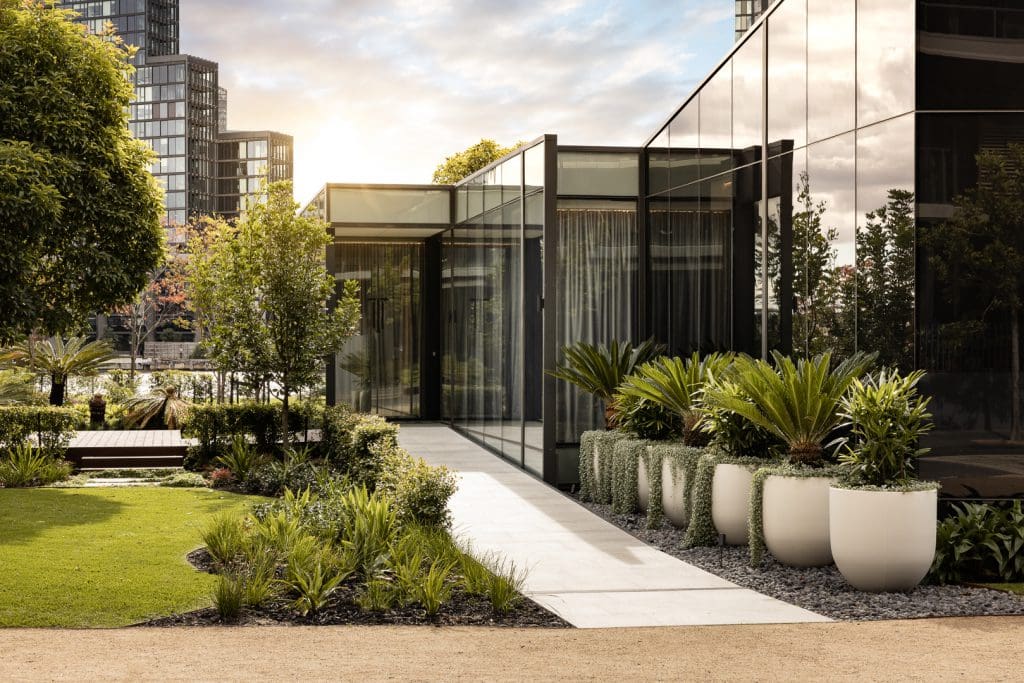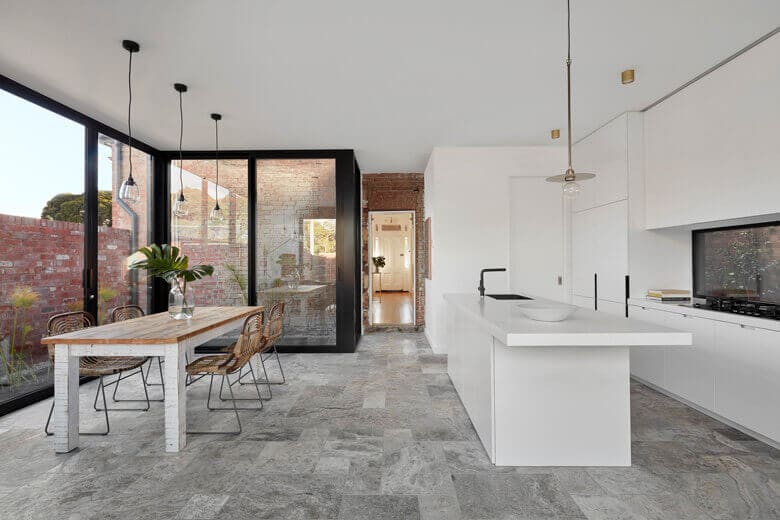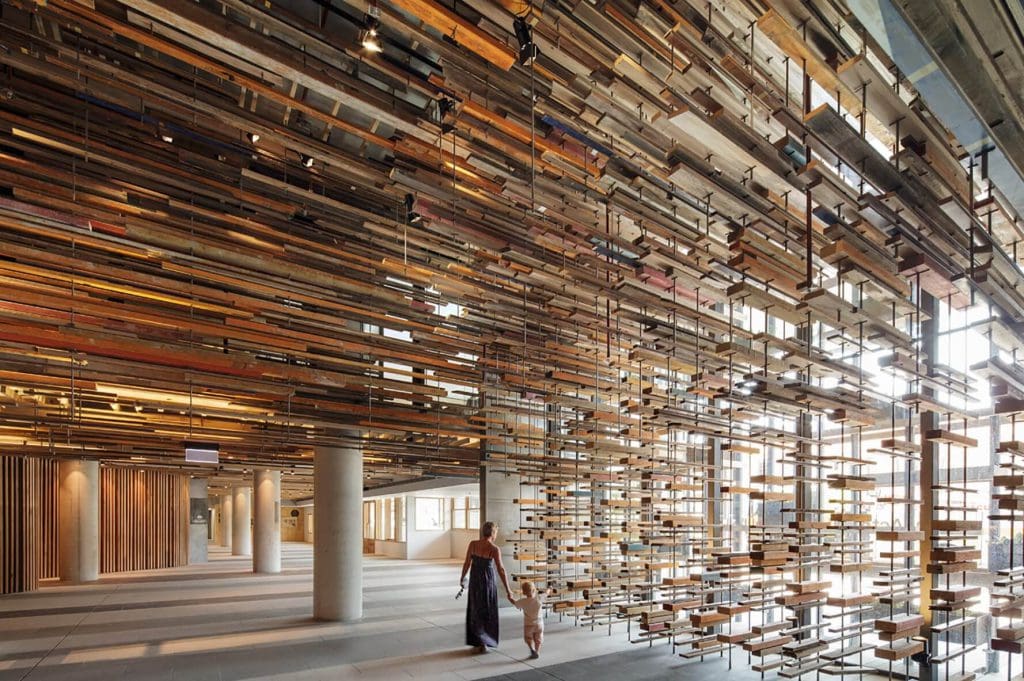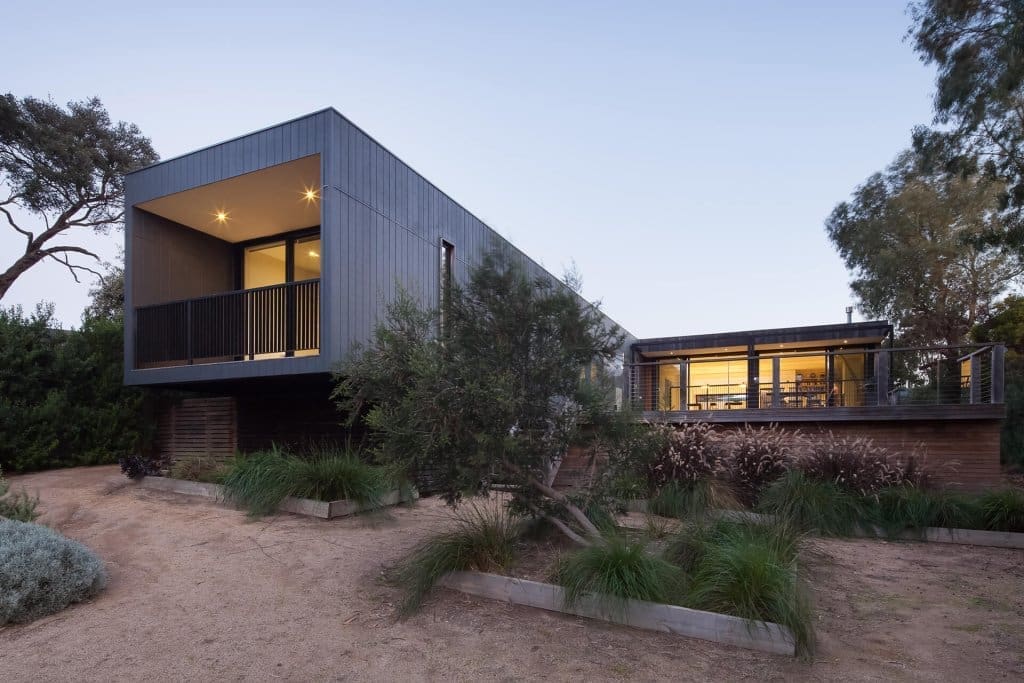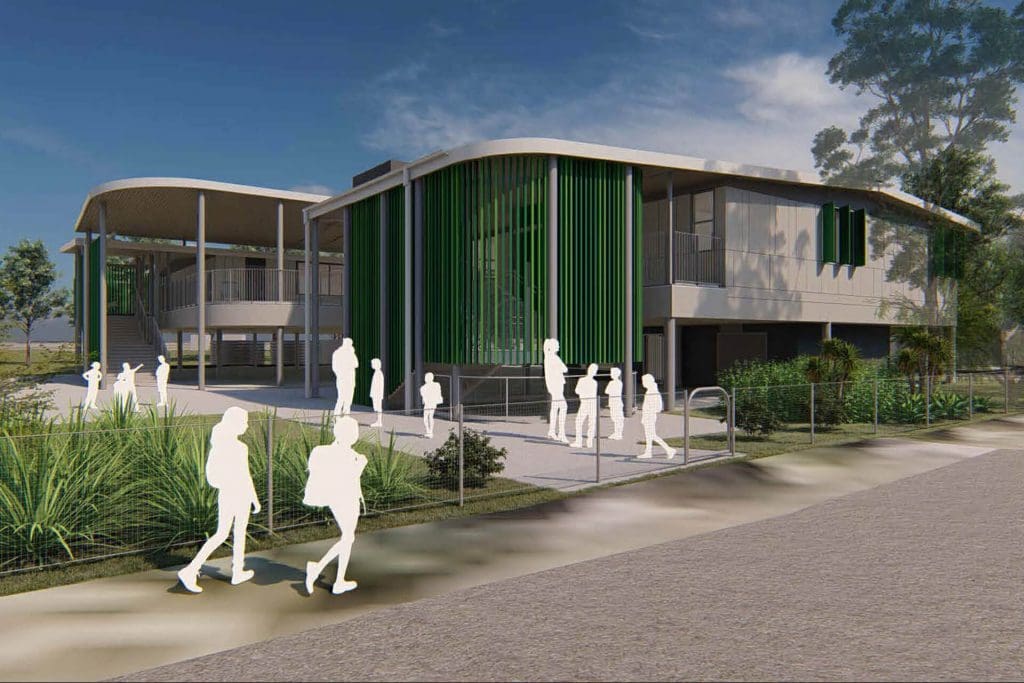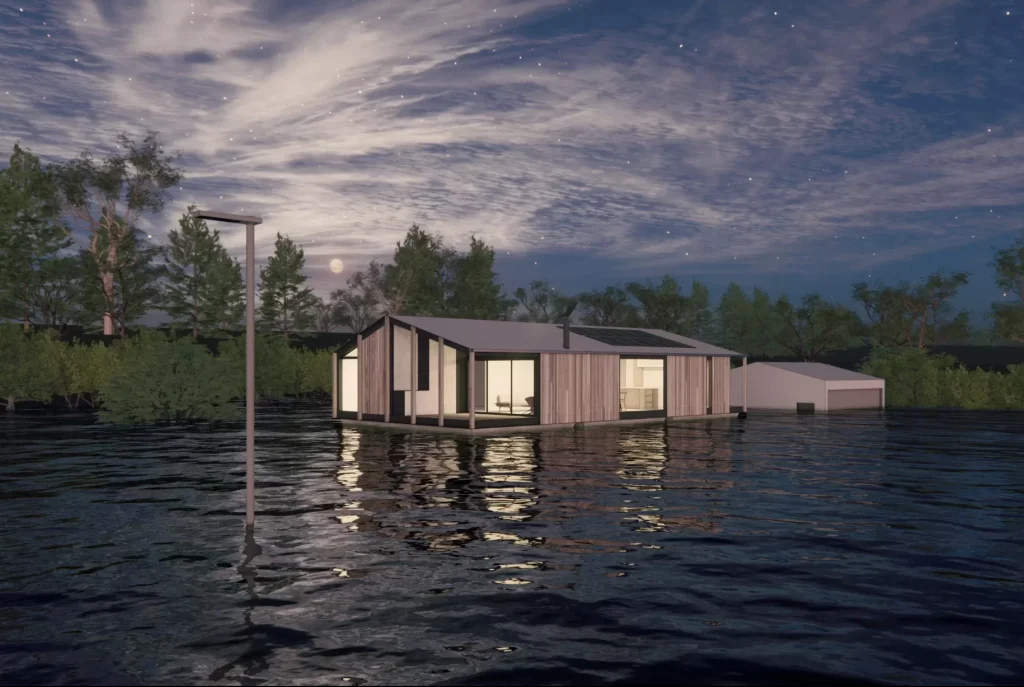Heating Options For Your Modular Home
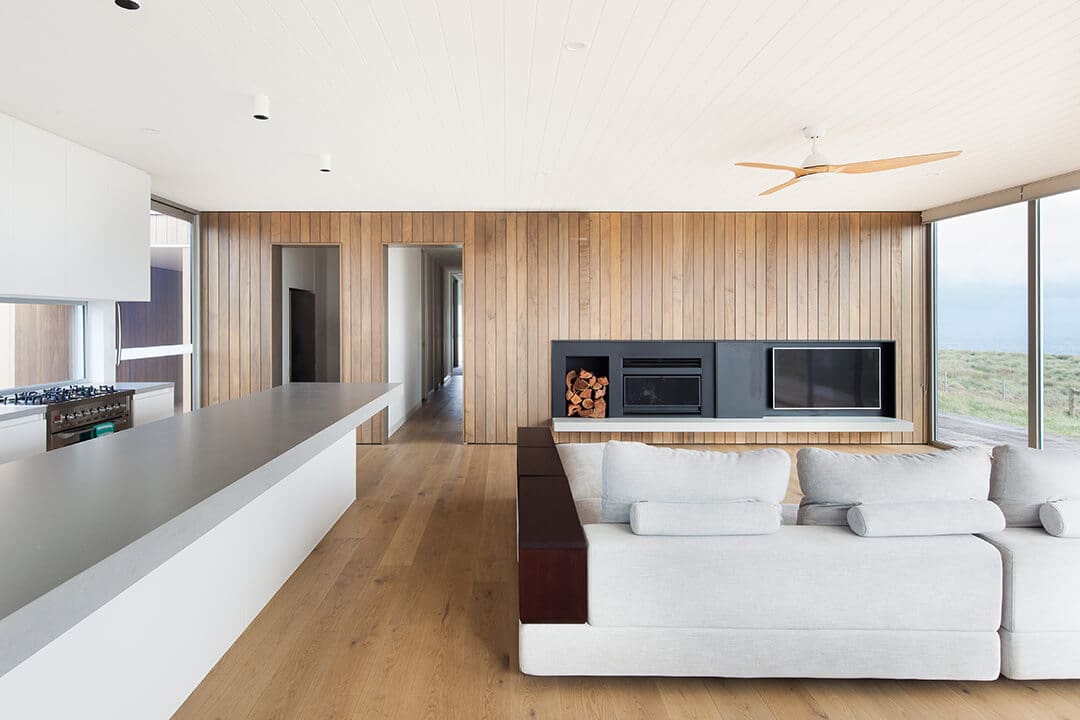
As winter sets in and we have to brave those frosty mornings and ice cold evenings, our thoughts often turn to how to we can instantly and efficiently heat our homes. Cranking the thermostat as high as it goes is certainly one way, however, if you don’t have the right system in place, your heating bills can become staggeringly high. With so many options out there, we have picked the best options for your modular home. And while it is hard to categorically recommend one system over another given that each house will have its own unique requirements, we have highlighted some of the most important aspects of each technology – including upfront cost, efficiency, ease of use and environmental impact.
Passive design
Before even sitting down and considering heating options, careful design and planning needs to be applied to increase the efficiency of your home, maximise natural light and afternoon winter sunlight warmth and reduce the amount of energy you use. In designing your energy efficient home, we consider the entire scheme. The orientation of your home is particularly crucial, and every site is different. The layout of your home is carefully arranged to capitalise on sunlight and wind exposure to optimise your home’s natural temperature by making use of solar heat for winter and strategically captured breezes for summer. By creating a highly insulated ‘cell’ through effective insulation and quality double-glazed windows, we ensure the ambient temperature of the home is more stable and less prone to thermal extremes.
Read more: Modscape’s sustainable design principles
Read more: Energy smart homes – windows
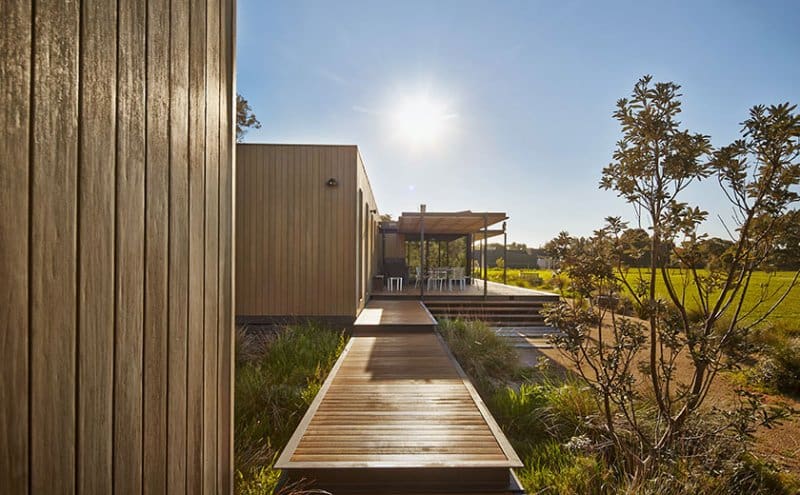
Hydronic heating
If you speak to people who have installed hydronic heating you will often hear rave reviews about the system’s continuous comfort and ease of use. Essentially, hydronic heating works by recirculating hot water through wall mounted panels and underneath floors to deliver constant and efficient warmth. Popular in Europe – where winters can become extreme – these systems are relied upon to gently and silently bring warmth to the whole house. Especially good within concrete slabs or under tiling, they allow house members to walk around barefoot in winter and don’t produce that sapping heat that can make you feel less energetic, or create pockets of uneven temperatures. For those prone to allergies or asthma, these systems can bring enormous relief by reducing irritants and pollutants that trigger symptoms, while the wall mounted systems are safe to touch by adults and children alike.
From a functional perspective, hydronic heating is a very simple combination of a boiler and pump which makes them ultra-reliable and easy to maintain – often allowing manufacturers to provide up to twenty five years of warranty. Heated by LPG, natural gas or solid fuel, they can be run highly efficiently because once the water is heated it never leaves the closed loop system and requires less and less energy to maintain temperature. With one or multiple thermostats, hydronic heating does have the ability to customise the heat in separate rooms, but often works best when allowed to maintain an even temperature throughout the whole house.
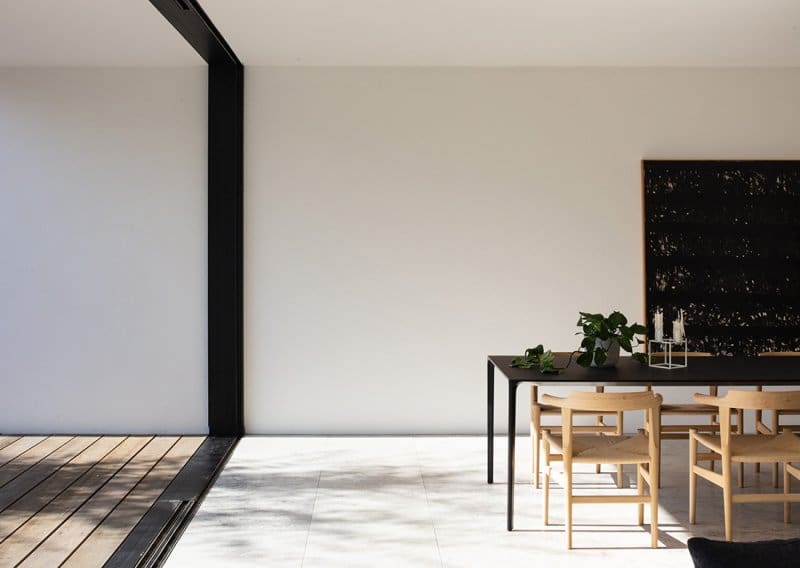
Reverse-cycle systems
When people hear the words ‘reverse cycle air-conditioning’ they don’t necessarily associate it with heating their homes in winter. But, truth be told, these systems are equally good for hot and cold environments. While conventional gas and electric heaters produce energy, a reverse cycle system absorbs heat from outside air and then releases this heat internally. This is done by catching and storing the heat in a refrigerant that has been passed through external coils. This refrigerant is then brought inside the home through a compressor and fan coil which allows the heat to be distributed.
With thermostats and inverter technology, these systems can adapt the conditions of each room and very smoothly adjust the heat to the desired temperature in a very cost effective manner – sometimes a third of the cost of gas and electric heaters. With the addition of air-purifying filters, newer models can not only purify your air, but remove smells as well.
It should be noted that in very cold environments these systems can struggle to derive enough heat out of the atmosphere, however, they work very well in moderate climates. Additionally, many Australian families prefer these systems due to their dual nature as heating and cooling systems and derive a great deal of satisfaction from the fact that many are now heading towards a 7 star energy rating – which means a healthy hip pocket and planet. Importantly, these systems can use ducts or vents to heat and cool your entire home.
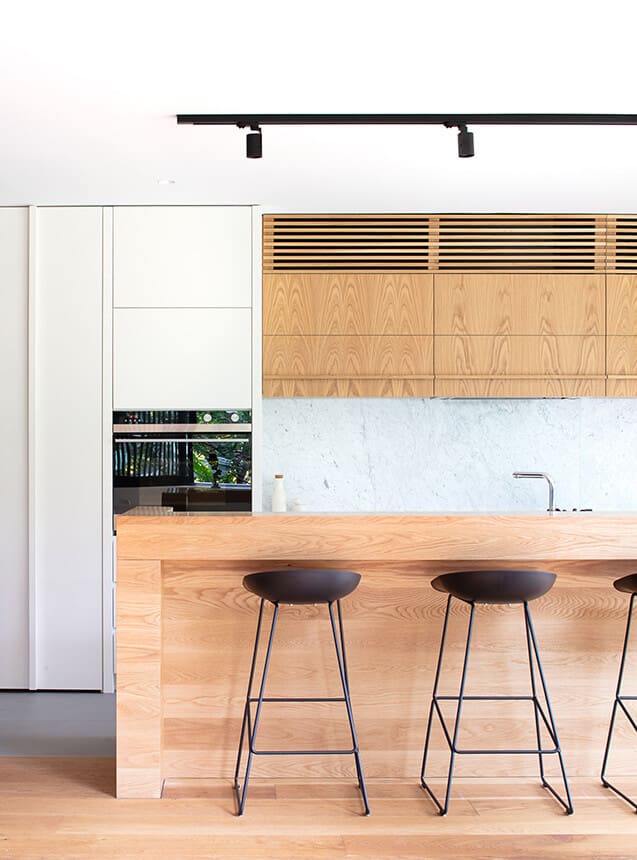
Split systems
A split system air conditioner can heat and cool your environment without the same reach of a reverse cycle system, but can offer greater design flexibility and doesn’t require changes to the existing design of your home. Basically, these systems use two units – an outside compressor and an inside air outlet unit which are connected by pipes filled with refrigerant. The inside unit is hung on a wall and one is required for each room that needs to be heated or cooled. However, only one compressor is needed for up to six units – allowing additional units to be added over time. For many, controlling the individual temperature of particular rooms is all that is needed and with remote technology and built-in room sensors, these systems can be cheap to install and run all year round.
Ceiling fans
Many people forget ceiling fans in winter and think of them only in terms of cooling. But with reverse settings now common, warm air that has risen can be pushed back down for the continued comfort of inhabitants. Indeed, there is a strong case to include fans in any heating system as they can reduce heating bills by an additional 10% by merely positioning hot air where it is most needed – not to mention they only use a fraction of the energy required of a conventional heating system.
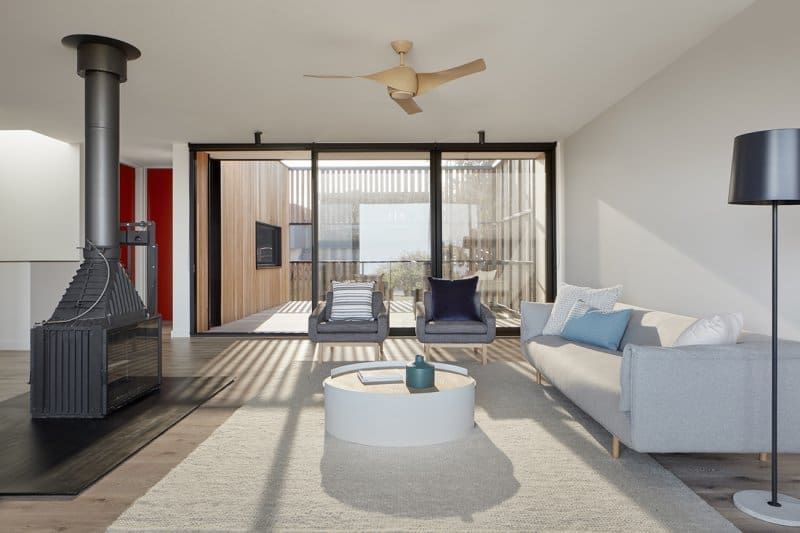
Fireplaces
To supplement and support your heating system, while adding an enormous amount of ambiance, fireplaces are often included in all manner of modern homes. A strategic choice as much as an aesthetic one, they often add that extra oomph required in the middle of winter or in beach houses buffeted by coastal winds. With stunning Australian and international designs, we suggest you click on our design series to find some of our favourite units: Design Series: Fireplaces
